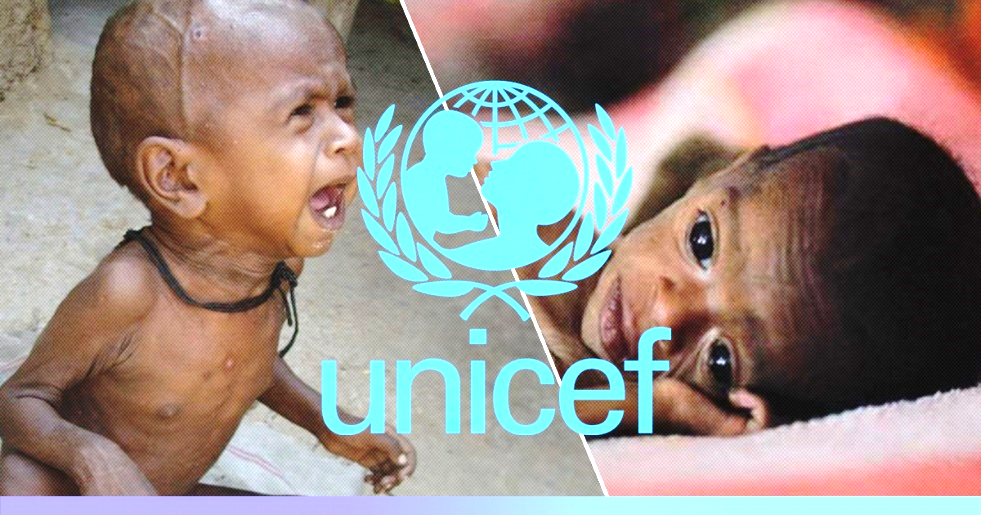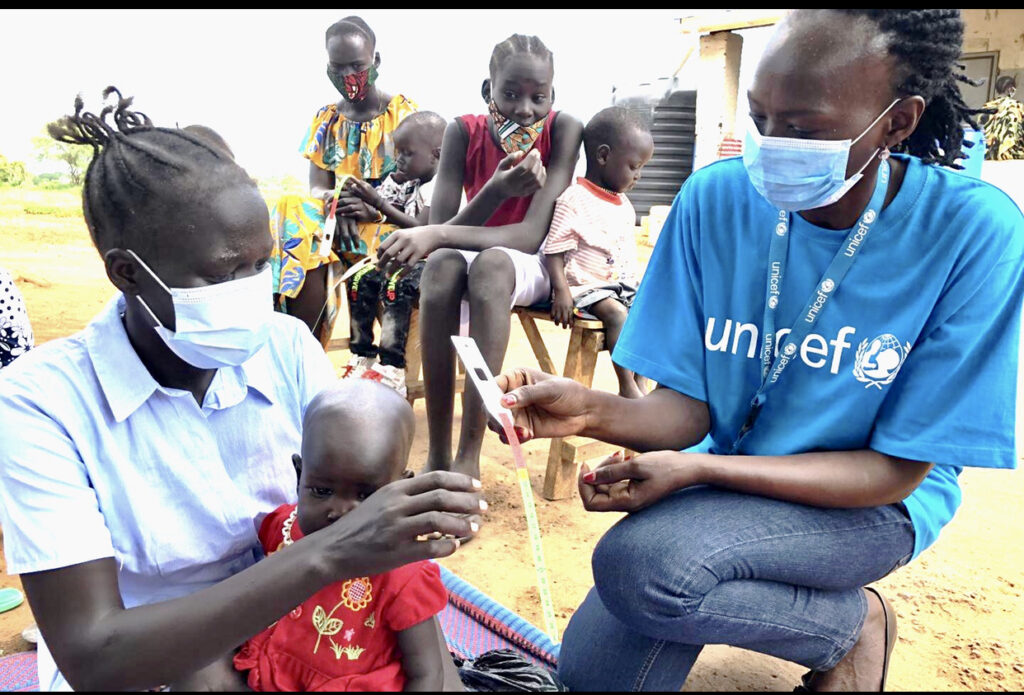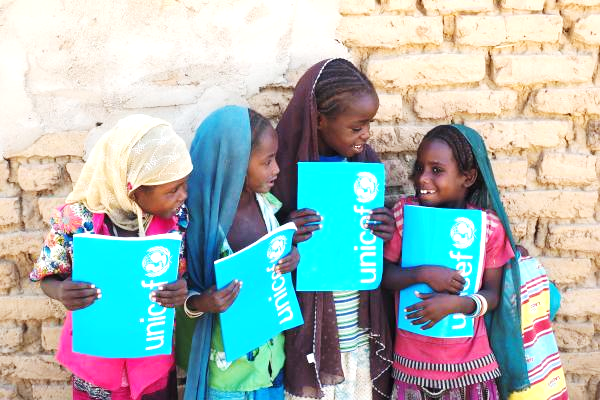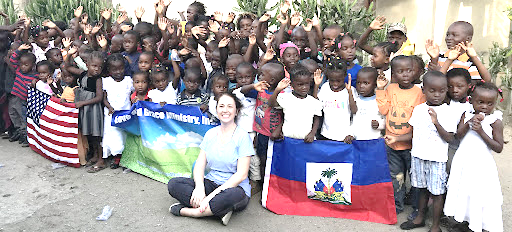
Avellon Williams
TRINIDAD AND TOBAGO- The United Nations Children’s Fund (UNICEF) estimates that 3.5 million children in Latin America and the Caribbean will be affected by migration by 2022, according to the organization’s highest-ever humanitarian appeal for the region.
Comparatively to 2021, this number includes children on the move and children living in host communities, which represents an increase of 47 percent.

Jean Gough, UNICEF’s Regional Director for Latin America and the Caribbean, said, “Never before have so many children fled with their parents in Latin America and the Caribbean.”
“Families carry their young children, sometimes babies, across almost the entire continent, seeking a better life”.
As a result of COVID-19 and strict lockdowns, they were dragged deeper into poverty, leaving them no choice but to migrate. Some children are left to travel on their own.
Thousands of migrant children are at risk of being trafficked, exploited, kidnapped, beaten, and even killed.”

Several interconnected factors, such as climate change, extreme weather events, violence, and school closures have exacerbated migration flows throughout Latin America and the Caribbean, causing more and more families with children to move.
Nearly 1.2 million migrant children and their hosts are expected to need humanitarian assistance in the United States next year, as immigration from Central America and Mexico is increasing.
Additionally, Venezuelan families with children have continued to migrate in large numbers throughout the region.
According to UN estimates, there will be over 2 million children in need of humanitarian assistance by 2022, including those in Venezuela as well as in host communities in neighboring countries.

Between Colombia and Panama, over 30,000 children have survived the treacherous journey through the Darien jungle. Three out of four of those children are under five years old.
2021 saw more children crossing the jungle than in any of the previous four years. One of the most dangerous migration routes in the world, of which the ten-day crossing can only be accomplished on foot, encounters river crossings, wildlife, extortion, and lack of drinkable water are the biggest threats migrant children face.

In cooperation with its partners at the border with Panama, UNICEF offers safe water, health services, and psychosocial support to children and pregnant women both on the move and in local host communities.
Through mobile units, our teams are identifying unaccompanied and separated children on the Colombian side of the border.
According to Gough, “all countries in Latin America and the Caribbean are currently affected by the new wave of child migration, regardless of where they are from, whether they are in transit or at their destination”.
“An influx of migrant children of this size is not just a cross-border problem between two countries, but a continental issue requiring a continental response.”
“There are not enough resources or expertise for many governments to handle the specific needs of large numbers of migrant children, sometimes even newborns.”

UNICEF’s humanitarian priorities for 2022 go beyond supporting child migrants’ growing needs and include assisting children and families affected by violence, poverty, and the socio-economic effects of the pandemic throughout the region.
According to UNICEF, some 57 million people in Latin America and the Caribbean will require humanitarian assistance next year. 20.8 million of them are children. To meet the rapidly increasing needs of 14 million people around the world, UNICEF requires $750 million.

The situation of children in Haiti has become increasingly complex after the August 2021 earthquake, which has been exacerbated by urban violence, internal displacement, and the reception of returned Haitian migrants in hard circumstances, all amid ongoing political and social turmoil. 2.1 million Children are at risk of poor humanitarian conditions in this country. UNICEF needs $97 million to address the deteriorating humanitarian situation.
During the year 2021, UNICEF provided humanitarian services and supplies to more than 15 million people in more than 20 countries across Latin America and the Caribbean.
Among these children are at least 13 million who have benefited from services, such as improved access to formal and informal education and school materials, and recreational activities.
With UNICEF’s support, 1.6 million people received water, sanitation, and hygiene services, and over 400,000 children and women received health services.





Recent Comments